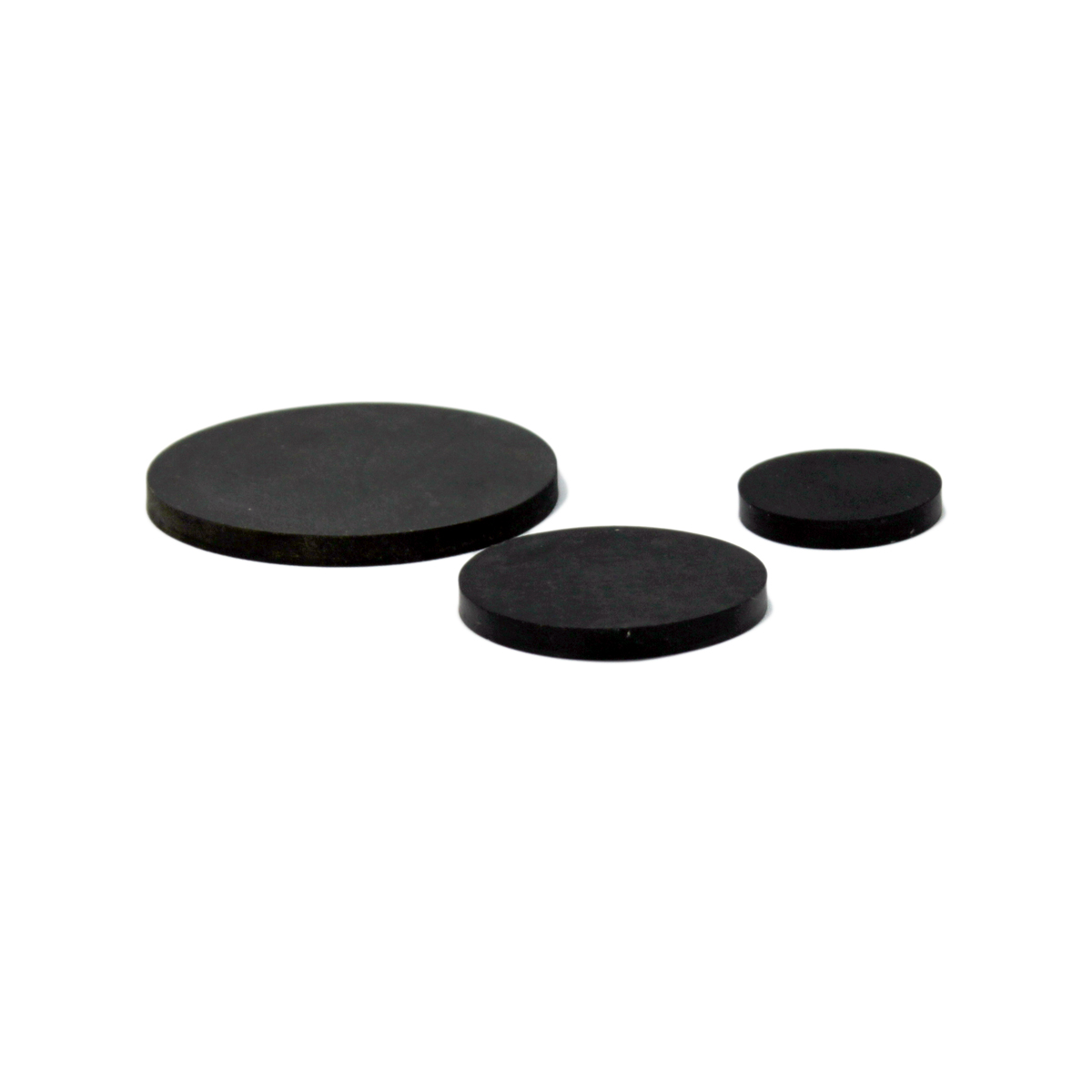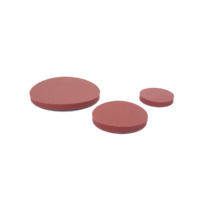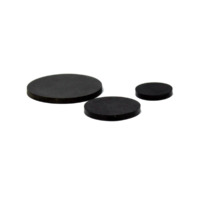FREE Shipping over $350
Epdm 65 Duro Washer
$8.40 - $14.00
Rubbers with saturated polymer backbones, such as EPDM, have much better resistance to heat, light and ozone than unsaturated rubbers such as natural rubber, SBR, or neoprene (polychloroprene). This makes it suitable to be utilised in external harsh environments. The EPDM washers we have available are Durometer: 65° +/- 5° with a temperature operating range of -40°c to +120°C. Full Data sheets are available on request.
- 1¼ Inch & 1½ Inch Epdm 65 Duro Washer
or
- 2 inch Epdm 65 Duro Washer
or
- Ulti-Flo Epdm 65 Duro Washer
Weather & UV resistance: EPDM’s composition resists degradation from sunlight, ozone and outdoor exposure—ideal for outdoor valve installations.
High temperature tolerance: Works well in hot climates or with water that can get warm, without losing sealing ability.
Durability & lifespan: The hardness and material properties mean it retains shape and seal over time, reducing the need for frequent replacements.
Compatibility with Cocky Valve systems: Designed to fit exactly in their valves—ensures consistent seal quality and performance.
Value for money: Because it lasts longer and maintains sealing under harsh conditions, it saves on maintenance and downtime costs.
1. What hardness is this EPDM washer, and what does that mean?
This washer is rated at 65° ± 5° Shore A hardness. That means it’s firm enough to maintain a tight seal yet flexible enough to compress slightly under pressure to adapt to surfaces.
2. What temperature range can the washer handle?
It operates from −40 °C up to +120 °C, making it suitable for both very cold and quite hot conditions.
3. Why use EPDM instead of other rubber types for washer seals?
Because EPDM has a saturated polymer backbone, which gives it excellent resistance to heat, UV, ozone, and weathering—far better performance outdoors compared to unsaturated rubbers like natural rubber or neoprene.
4. Where is this EPDM washer typically used in the Cocky Valve system?
It’s used in the valve body to ensure water-tight seals under the bonnet or other connection points, preventing leaks even under pressure or rough conditions.
Rubbers with saturated polymer backbones, such as EPDM, have much better resistance to heat, light and ozone than unsaturated rubbers such as natural rubber, SBR, or neoprene (polychloroprene). This makes it suitable to be utilised in external harsh environments. The EPDM washers we have available are Durometer: 65° +/- 5° with a temperature operating range of -40°c to +120°C. Full Data sheets are available on request.
- 1¼ Inch & 1½ Inch Epdm 65 Duro Washer
or
- 2 inch Epdm 65 Duro Washer
or
- Ulti-Flo Epdm 65 Duro Washer
Weather & UV resistance: EPDM’s composition resists degradation from sunlight, ozone and outdoor exposure—ideal for outdoor valve installations.
High temperature tolerance: Works well in hot climates or with water that can get warm, without losing sealing ability.
Durability & lifespan: The hardness and material properties mean it retains shape and seal over time, reducing the need for frequent replacements.
Compatibility with Cocky Valve systems: Designed to fit exactly in their valves—ensures consistent seal quality and performance.
Value for money: Because it lasts longer and maintains sealing under harsh conditions, it saves on maintenance and downtime costs.
1. What hardness is this EPDM washer, and what does that mean?
This washer is rated at 65° ± 5° Shore A hardness. That means it’s firm enough to maintain a tight seal yet flexible enough to compress slightly under pressure to adapt to surfaces.
2. What temperature range can the washer handle?
It operates from −40 °C up to +120 °C, making it suitable for both very cold and quite hot conditions.
3. Why use EPDM instead of other rubber types for washer seals?
Because EPDM has a saturated polymer backbone, which gives it excellent resistance to heat, UV, ozone, and weathering—far better performance outdoors compared to unsaturated rubbers like natural rubber or neoprene.
4. Where is this EPDM washer typically used in the Cocky Valve system?
It’s used in the valve body to ensure water-tight seals under the bonnet or other connection points, preventing leaks even under pressure or rough conditions.


